Indonesia: Emerging as a Leader in Aquaculture
EDITOR’S NOTE: As you’ll note on page 6 of this issue, ASIAN PACIFIC AQUACULTURE 2024 will be held i...
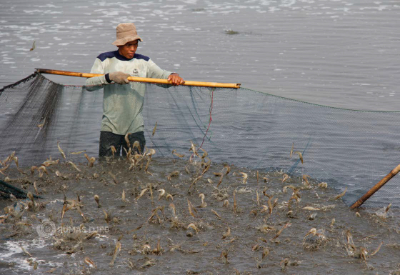
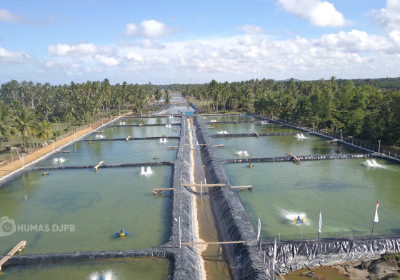
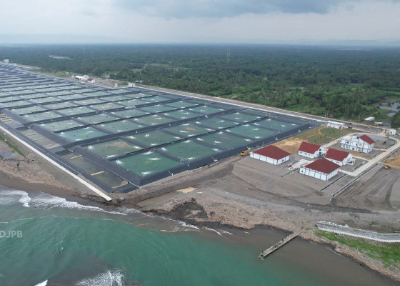
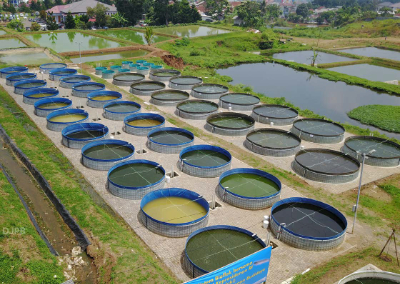
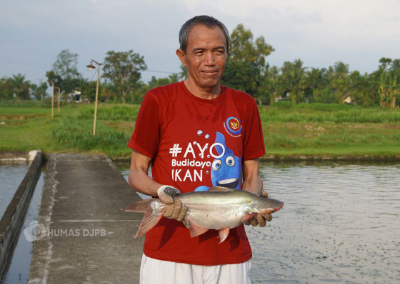
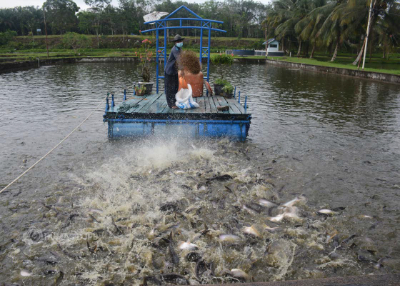
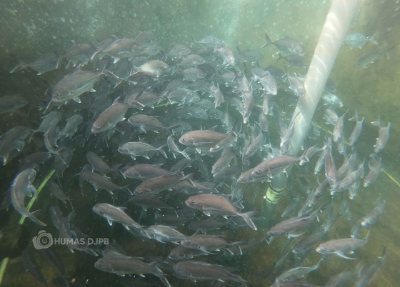
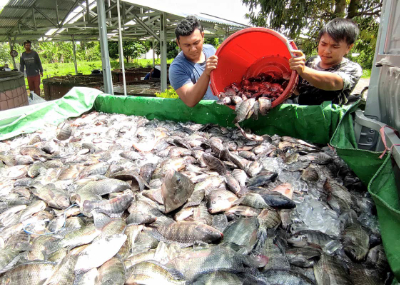
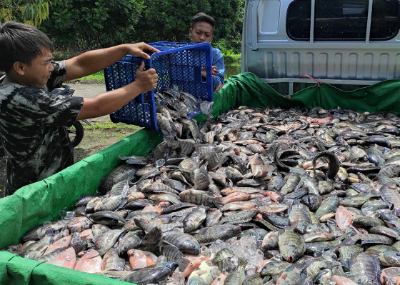
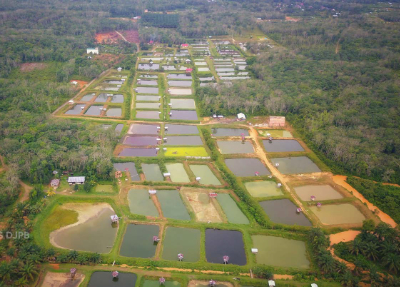
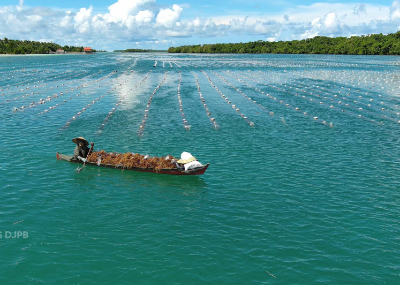
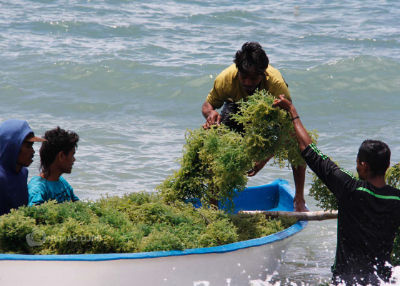
EDITOR’S NOTE: ASIAN PACIFIC AQUACULTURE 2024 will be held in Surabaya, Indonesia on July 2-5, 2024. The theme of the conference is “Aquaculture – Driving the Blue Economy.” The meeting will provide an opportunity for the international aquaculture community to visit Indonesia and see its rapidly expanding aquaculture industry. By some accounts, Indonesian aquaculture has grown by nearly 20% in the last 5 years in terms of hectares in production and by over 50% per year in tons produced over the last 10 years.
On February 5, at the Indonesia Marine and Fisheries Business Forum 2024 seminar, the Minister of Maritime Affairs and Fisheries, Sakti Wahyu Trenggono, was asked about fisheries investment opportunities in Indonesia. The question outlined is short, but draws a fairly long thread with the connection between investment and opportunities drawn from this question.
Why invest in the fisheries sector and what is the relationship between this sector and the multiplier effect that emerges from it? Minister Trenggono tried to draw the line that Indonesia is one of the big ‘leaders’ who can play a role in the global community. What that means is that the world’s population continues to grow and the need for food will increase continuously.
“According to data from the World Food Organization (FAO) 2023, the percentage of world society experiencing food shortages increased from 7.9% in 2019 to 9.2% in 2022. Food problems are becoming a major issue due to the increase in world population. With projected growth, in 2050 the world population will reach 9.7 billion people,” he said that afternoon.
Indonesia has appropriate sources for this, especially in terms of food with sufficient protein. This appropriateness, explained Trenggono, comes from the use of an ‘ecological’ style that is sustainable. “The increased population has an impact on increasing protein requirements by 70%. Where the source of protein can be fulfilled by water resources. And based on Global Seafood Market projections, the global seafood market will grow at an annual rate of 8.92%,” Trenggono stressed about the topic.
Which, continued Trenggono, is an opportunity for industry and business players in the fisheries sector. “Investment in the maritime and fisheries sector, based on data for the third quarter in 2023, will reach IDR 9.56 trillion (USD $608 million),” he explained. This investment, Trenggono continued, consists of domestic capital investment of IDR 5.32 trillion (USD $339 million), foreign investment (PMA) of IDR 1.4 trillion (USD $89 million) and investment credits of IDR 2.84 trillion (USD $181 million). With the largest FDI realization from China reaching IDR 370.74 billion (USD $23.6 million), Malaysia IDR 240.47 billion (USD $15 million), and Switzerland IDR 152.89 billion (USD $9.7 million). “Based on the business sector, fish processing is in first place with an investment of IDR 3.65 trillion (USD $232 million), aquaculture IDR 2.6 trillion (USD $165 million), marketing IDR 1.95 trillion (USD $124 million), capture fisheries IDR 1.18 trillion (USD $75 million) and services IDR 186.51 billion (USD $11.9 million),” he recited.
archipelagic country with 17,504 islands, 6.4 million square kilometers of water area, 108 thousand km of coastline and a population of up to 270 million people. As many as 140 million Indonesians live in coastal areas. “This natural wealth means potential food resources from marine resources. However, IUU (illegal, unreported, unregulated) fishing and climate will threaten the sustainability of marine resources,” Trenggono continued. Regarding the marine and fisheries sectors, Trenggono explained, this is the role of aquaculture which drives investment for sustainable business. “To meet protein availability without reducing fish stocks in the sea, the Ministry of Maritime Affairs and Fisheries (KKP) will encourage the aquaculture sector to become the prime mover for the supply of fish for consumption. And the development of sustainable marine, coastal, and land farming is one of them. Sustainable culture (farming) is in line with the blue economy,” added Trenggono. This culture potential, based on data collected by KKP, is 17.91 million hectares (ha), consisting of 2.96 million ha of brackish water area, 2.83 million ha of fresh water area, and 12.12 million ha of sea water area. Meanwhile, only 6% of these areas has been utilized. Trenggono continued, referring to 5 main commodities, namely shrimp, tilapia, seaweed, lobster and crab.
With such high potential and market value, there is ‘anxiety’ among stakeholders in the field with the opinion that Indonesia is ‘still inferior’ to other countries in producing its cultured products. Take shrimp for example. Hasanuddin Atjo, a Sulawesi shrimp practitioner at a seminar in Lampung said that Ecuador, with a coastline of 2,237 km, could produce 1.150 million tonnes of vannamei prawns in 2022. China, with a coastline of 14,500 km, produces 950 thousand tons of shrimp annually. India with a coastline of 8,700 km produces 700 thousand tons and Vietnam with a coastline of 3,200 km also produces 700 thousand tons of shrimp. “Meanwhile, Indonesia, with a coastline of 99,083 km, is stagnant in producing 500 tons of shrimp. This is a challenge for all stakeholders in the country. Because it has the longest coastline but its production is inferior to countries with shorter coastlines,” Atjo said as stated in TROBOS Aqua, edition 139.
On the tilapia side, the potential for culturing this fish was explained by Alwi Tunggul Prianggolo, General Chair of the Indonesian Tilapia Association (ATI). He initially started working on milkfish and shrimp commodities, adapting tilapia culture to the conditions of the existing brackish ponds. “FCR turned out to be very good, adding polyculture with vannamei, the profits were quite good. And in this farming, the sustainability of our culture business is very dependent on the carrying capacity of the environment. For example, I limit the number of fish seeds so that the amount of feed used is not too much. Even though the profits are not very big, we hope that the environmental carrying capacity will remain good,” Prianggolo shared, as quoted from TROBOS Aqua, edition 135
Another commodity, namely lobster culture, was highlighted by Lampung academics. As reported in TROBOS Aqua, edition 138, writer Yudha Trinoegraha Adiputra stated that national lobster culture has developed massively even though the government’s policy focus has been on supporting lobster cultivation only since 2020. Business clustering has also been supported in policy to accommodate all parties to contribute
However, he argued, the linkage between these clusters was never mentioned in terms of working together. “The policy for managing clear lobster seeds with culture is focused on large entrepreneurs. So make a small part where fishermen are involved, for example in catching. For example, small lobster farmers breeding lobster fry up to juvenile size, so that can be utilized by large lobster farmers as quality fry,” he suggested to provide a solution.
Another commodity, seaweed, although not as widely reported as other commodities, has its own ‘space’ for its farmers. As reported in mongabay.co.id December 2023, Seriwe, East Lombok-West Nusa Tenggara is known for its seaweed commodities. Even now, Seriwe is the only seaweed center village in Lombok that is increasingly developing. While other seaweed centers have fewer fishermen farming seaweed, Seriwe actually has an increasing number of fishermen farming seaweed.
30 M ARCH 2 024 • WORLD AQUACULTURE • WWW.WAS.ORG For crabs, some local farmers have developed natural culture methods, and some have used apartments, or vertical crab house, methods. Reporting in radarbromo.jawapos.com last December, Rachmad Sudaryanto made crab apartments from used jerry cans. He can harvest crabs with a weight ranging from 60 to 800 grams per head.
Likewise in Bangka Belitung, as reported in bangka.tribunnews.com, the apartment crab box system for farming mangrove crabs has been replicated by Pokdakan Tunas Muda, Lubuk Lingkuk Village, Central Bangka. This farming connected to the program with Central Bangka Regency which has been designated as a Fishing Village for Mangrove Crab Culture by the Indonesian Minister of Maritime Affairs and Fisheries based on Minister of Maritime Affairs and Fisheries Decree number 111 of 2023.
and Policy Connecting the voices and direct activities of stakeholders in the field, TB Haeru Rahayu, Director General of Aquaculture, KKP also responded with the efforts made by the government. ‘Drumming’ and ‘shouting’ aquaculture harder, Tebe-TB Rahayu’s nickname, described detailed programs to support these 5 ‘champion’ commodities.
“Namely increasing the aquaculture productivity through revitalization and modeling of the aquaculture system, establishing aquaculture villages, and developing local-based ingredients for feed. Besides that, the policy consists of increasing product value and market access, developing broodstock centers, strengthening human resources, regulations, and supervision and enhancing downstream sectors (such as cold storage and fish processing units),” Tebe explained at the same event with Trenggono.
fish and shrimp production increasing from 5.54 million tons in 2022 to 12.52 million tons in 2024. Apart from that, seaweed production could increase from 9.23 million tons in 2022 to 12.33 million tons in 2024. “And the target is improving the welfare of fish farmer communities, and realizing an advanced, modern, and sustainable aquaculture industry,” Tebe pointed out.
Confirming what Tebe said, Minister Trenggono also explained that the strategy being implemented was modeling development with the 5 commodities mentioned, as well as building aquaculture villages. “The culture models that have been built are area-based shrimp culture in Kebumen-Central Java, saline tilapia culture in Karawang-West Java, seaweed in Wakatobi-Southeast Sulawesi, and lobster in Batam-Riau Islands. Apart from that, KKP also plans to build a modern shrimp pond in Waingapu-East Nusa Tenggara with an investment value of IDR 7.8 trillion,” Trenggono punctuated.
Based on these efforts, Trenggono voiced the hope that by 2029 Indonesia would be a very strong ‘leader’ and ‘producer’ in aquaculture sector. “Especially in lobster, shrimp, crab, seaweed, and tilapia. With the diversity of fish types in Indonesia, there are these 5 commodities that we want to master to become ‘champions’ in their time,” Trenggono illustrated the hope.